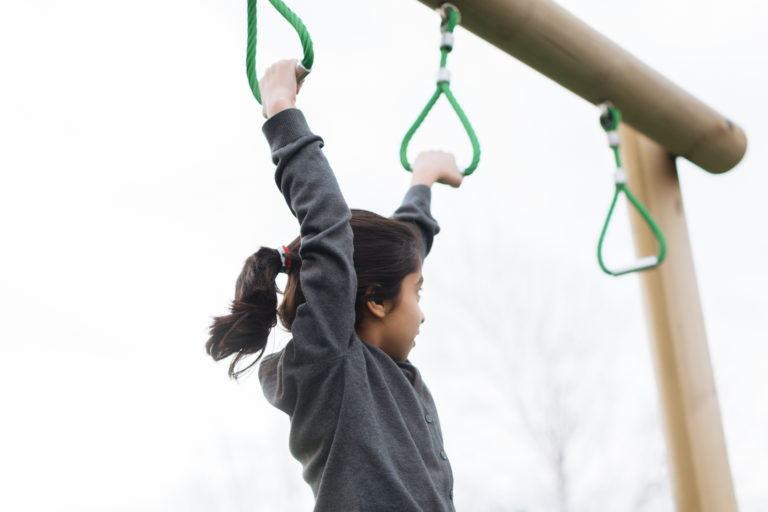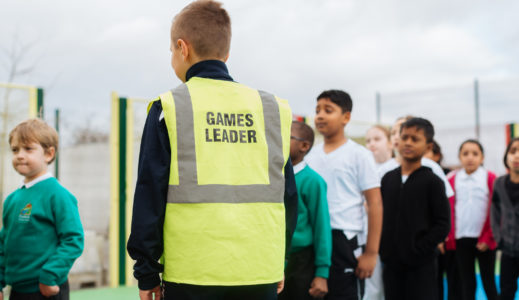I have been lucky enough to speak at a number of school conferences over the last couple of months and it has been refreshing to hear the desire for schools to invest time and money in helping to get their young people more physically active, and to see the ripple effect of sharing good practice.
At a time when young people’s physical activity levels are at a depressingly low level and childhood obesity continues to rise, there has never been a better time to hear of a desire to get young people more active.
There is, of course, considerable evidence that young children who adopt an active lifestyle early in life have better health, education and social outcomes, so supporting all young Londoners to develop physical activity habits offers a clear pathway to greater health equality.
At a time of when school budgets are being put under great pressure, primary schools do still receive their PE and Sport Premium, ring-fenced funding that is provided to most schools with primary-age pupils, by the government. Introduced in 2015, the investment into schools was doubled in September 2017, meaning that each primary school receives £16,000 per year, plus £10 for every pupil on the school roll.
The purpose of the premium is to make additional and sustainable improvements to the quality of PE, sport and physical activity they offer. It is expected that schools will see an improvement across the following 5 key indicators:
- The engagement of all pupils in regular physical activity – The Chief Medical Officer guidelines recommend that children aged 5-16 engage in at least 60 minutes of physical activity a day, of which 30 minutes should be in school
- The profile of PE and sport being raised across the school as a tool for whole school improvement
- Increased confidence, knowledge and skills of all staff in teaching PE and sport
- Broader experience of a range of sports and activities offered to all pupils
- Increased participation in competitive sport
In order to create the systemic change required to change the attitudes and behaviours of young people, it is refreshing to see so many innovative solutions starting to appear in London’s schools. Programmes such as:
So what difference is it making? A recent survey conducted by London Sport, suggested that the investment is now starting to have a positive impact on young people’s lives. The survey indicated:
- 96% of schools surveyed had seen an increase of pupil’s participation in PE, sport and physical activity.
- 65% of schools surveyed had seen an improvement in pupil’s attainment levels in PE and sport.
- 27% of schools surveyed had seen an improvement in attainment levels in other school areas (other than PE and sport)
- 79% of schools surveyed reported using some, or all, of their Primary PE and Sport Premium investment to target specific groups of young people to give them more opportunity to be active
- 36% targeted less active young people
- 20% targeted girls
- 14% children of an unhealthy weight
- 11% pupils who do not take part in traditional sports and
- 7% disabled young people
There is still some way to go before we start to see a cultural change in young people’s physical activity habits, but the intention is that some of the innovative practices being implemented will help schools to consider new approaches that, in time, will really make a difference.
Find out more about PE and Sport Premium for Primary Schools



